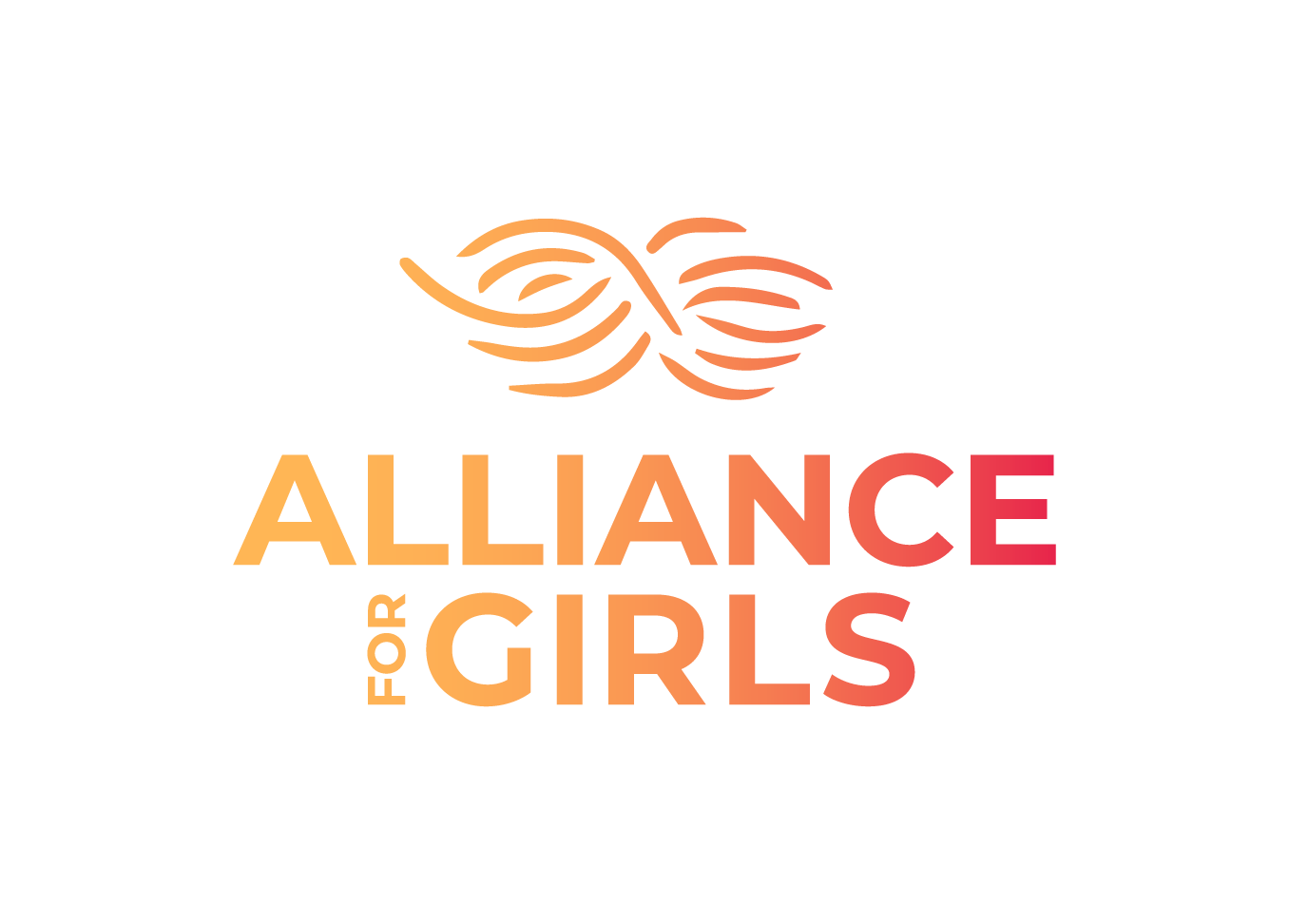Radical Visions of Safety | 2021
Research overview:
Radical Visions of Safety systematically and rigorously centers girls and gender expansive youth’s lived experiences in a world that rarely does. It highlights a definition of safety and healthy relationships for girls by girls and some of the best practices to created safer spaces and healthy relationships for girls and gender expansive youth, resulting from 4 focus groups and 41 interviews with 89 girls (ages 11-24), parents/caregivers, stakeholders and program practitioners. The report also generates solutions that value and build on girls’ and gender expansive youth’s strengths, assets, and unique characteristics.
Key findings:
For girls, safety is more than the absence of violence, it’s about creating environments and cultures of comfort and trust, nonjudgement, where boundaries are respected, where girls are accepted, see themselves represented in the staff and teams in the environment, and have a sense of belonging and sovereignty. Some of the key findings from this report include:
Girls’ radical visions of safety are dynamic and evolving. The way girls characterize safety moves away from traditional assumptions and encompasses notions of physical, emotional and spiritual ideas of comfort, non-judgment, acceptance, and belonging.
Multigenerational practices are impactful in fostering safe spaces and healthy relationships for girls. Supportive connections with adults, parents, and caregivers contribute profoundly to their well-being.
Social media and digital literacy are important pathways for girls. Fostering more understanding and training for both girls and adults can leverage these pathways’ potential for positive impact and mitigate their negative effects.
Girls need more integrated systems of support in order to receive a continuity of care that see them as whole beings wherein the physical body, and emotional and spiritual self are interconnected and cared for as such.
Recommendations:
Create a continuum of services by:
Integrating systems of support for girls and gender expansive youth across sectors;
Adapting and reflecting content and practice for multiple outcomes;
Promoting and funding multigenerational practices;
Increasing parent engagement into programming; and
Increasing digital literacy for girls and adults.
Bolster support for specific identity groups by:
Increasing community engagement for young parents;
Expanding and scaling access to gender expansive knowledge, tools, and resources for parents of LGBTQIA+ youth;
Increasing awareness around dichotomy of inclusion and exclusion for LGBTQIA+ groups; and
Expanding promising practices to overlooked age groups.
